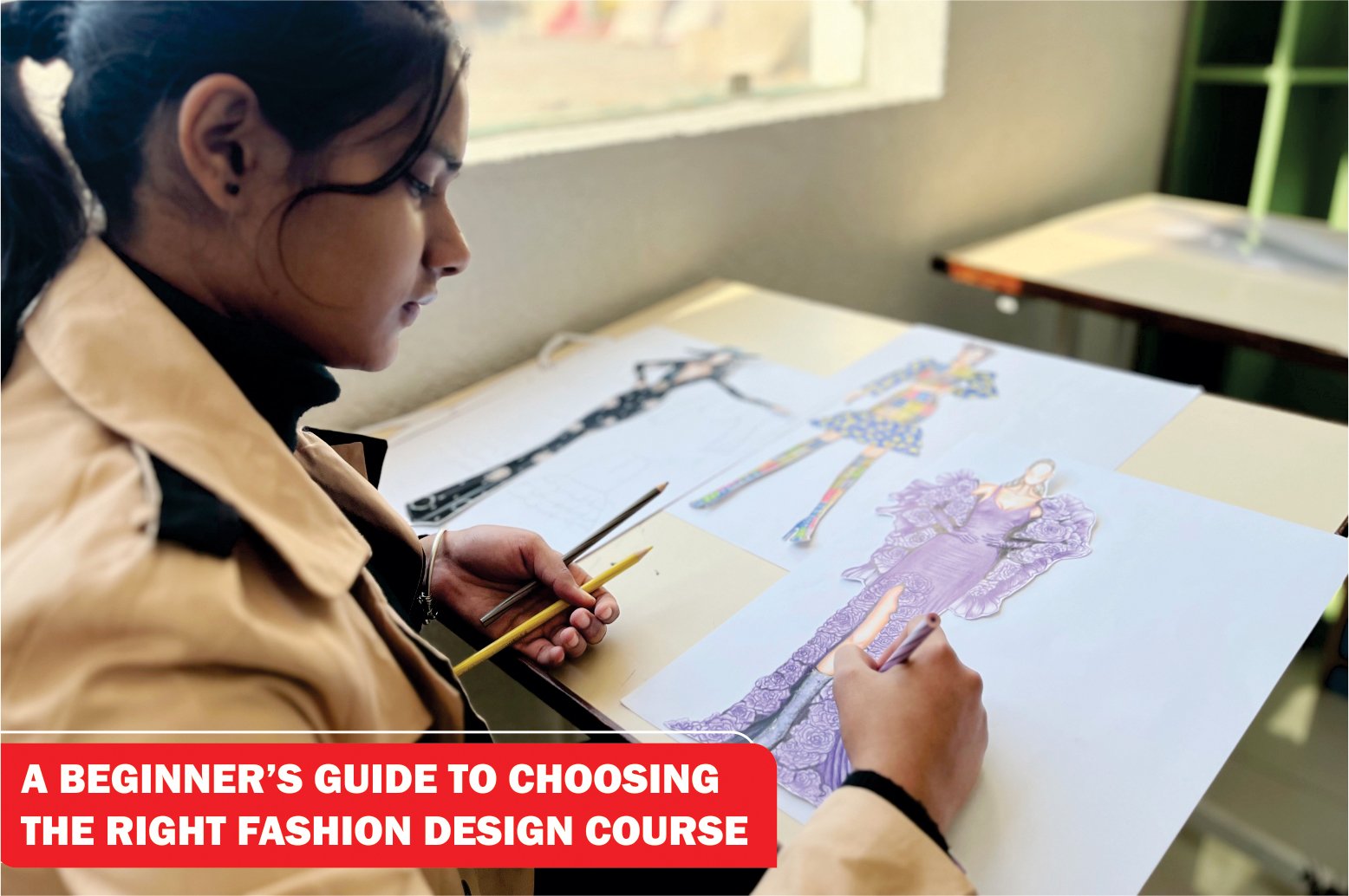A knitting needle is the most fundamental part of the process of knitting used in the apparel industry. Knitting is the production of fabric by inter looping yarn in a sequence using needles. The process of knitting creates fabric which is comfortable, durable and easy to maintain. Knit fabrics are popular in winter wear as well for providing light weight fabric which are warm and soft. In addition to that such fabric is crease free and highly convenient for daily wear.
A needle is the most basic element of the loop formation. They are the tiniest instruments which make knitting possible. Before discussing the various types of needles, let us first take a look at the different parts of a needle which vary from needle to needle according to requirements.
- The hook – This is the part of the needle which allows the thread to enter and retains it to be looped.
- The device that allows closing and opening of the hook – It allows the previous loop to release and a new thread to enter the hook.
- The system of movement – This allows the needle to move and form loops.
What happens during the loop formation is that the hook is closed to transfer the previous stitch formed on the new thread to interconnect it. This little process varies from one type of needle to another.

The five most extensively used needles are as follows:
- The latch needle – In the latch needle, the latch is hinged at a distance from the hook in order to enable it to revolve. The anticlockwise rotation, resulted by the pressure of the loop, which is originally inside the hook, opens the hook to allow a new thread to enter. The clockwise rotation, brought about by the pressure of the loop on the stem, allows the hook to be closed and subsequently imbibed on the new thread. The use of the latch needle for knitting machinery has become excessive over the last few years. The main advantage of a latch needle is that it has a reduced stroke, which means a greater speed and high production capacity without straining the thread all through the transfer steps. In addition, it allows a sampling potential and better quality of the fabric manufactured. The only drawback is it includes higher costs and a more complicated operating technology.
- In spring-beard needles, the hook is shut by an external device called the presser, which, at the specific time during the stitch formation comes near it and makes it bend and close. When the presser is separated, the hook retracts and opens the needle automatically.
- The compound needle has a sliding closing element, which opens and closes the hook through its upward and downward motion.
- Wire needles are made from steel wires shaped through various procedural steps to create a flat profile and form a hook, the section having the latch, and an end butt with a tail; sometimes the butt does not facilitate a bending process but a pressing one.
- Die-cut needles are made from steel plates of desired thicknesses, which is die-cut so as to create the shape of a butt either with or without a tail; the hook and latch are fitted through a special process.
Thus, these are the few essential needles that any textile designer must be aware and well versed with in order to produce desirable fabric. Understanding the needles mechanism is also a part of knowing the needles and all professionals in the textile industry should know how to use and maneuver knitting needles.
IIFD a reputed fashion institute in Chandigarh provides complete knowledge and information about using knitting needles and other tools used in apparel industry during fashion and textile designing courses offered here. Join us now.




